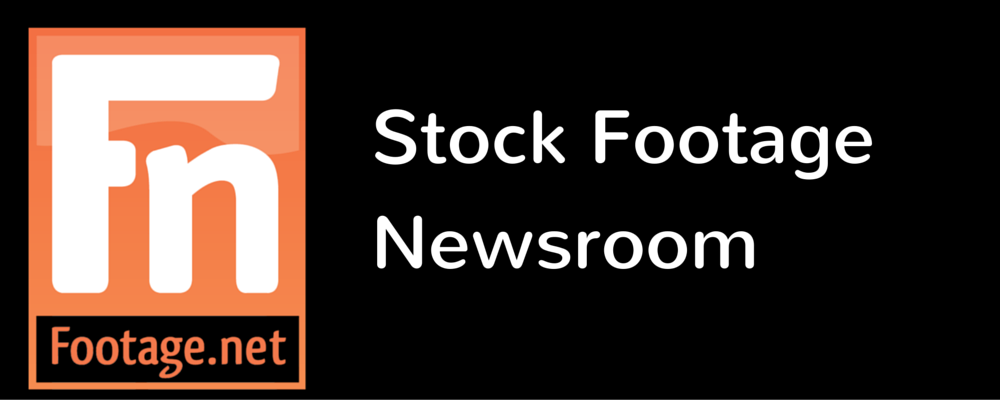Covering the Evolving Conflict in Ukraine
/Intro
The Russian invasion of Ukraine shook the world, with images of refugees, missile strikes and burnt-out tanks filling our screens. But as the fast-evolving conflict transitions into a grinding resistance, maintaining the world’s attention and defending against false narratives manufactured by the Russian government will be crucial to Ukrainian survival. Reliable video coverage will be a critical factor but the headwinds impeding the volume and free flow of imagery are already apparent.
Battle Footage is Sparse
Battle footage showing Russian and Ukrainian soldiers exchanging fire has been sparse so far, giving Putin cover for his disinformation campaign. Robust war footage is typically the result of advanced planning – where the military has its own camera teams, rather than relying on soldiers and civilians to take and disseminate ad hoc video, and where there is a process in place for embedding and protecting journalists. Perhaps in part due to the pace at which this conflict as evolved, neither are heavily present.
It’s “quite complicated for a soldier to get battle footage while he is being attacked, unless the Ukrainian Army or Resistance has its own cameraman to get this kind of footage, like Commander Massoud during the Afghan-Russian war,” said Sandrine Sacarrère of France’s INA.
As for professional journalists, “it is a matter of security,” said Mandisa Jones of AFP. “During hostile environment training, journalists are taught to always follow the guidance of the soldiers/army they are embedded with. The instructions will usually be to stay behind making the “eye-of-the-soldier” shot hard to capture.”
Journalists in Danger
As Russian desperation grows and chaos becomes the norm, both foreign journalists and citizen journalists working in Ukraine will be under ever-increasing threat, limiting their ability to report from the field. Three journalists have already lost their lives covering the conflict. Fox cameraman Pierre Zakrzewski and fixer Oleksandra "Sasha" Kuvshynova were killed on March 14 when their vehicle "was struck by incoming fire," and Brent Renaud, an award-winning American filmmaker and journalist, was shot and killed on March 13 while reporting in a suburb of the capital, Kyiv. For citizen journalists, the ability to record and distribute footage will likely suffer if and when Russia takes control of communications infrastructure.
Russian Media Blackout
Vladimir Putin has moved quickly to secure the information space within Russia, enacting laws that have shut down objective news coverage within the country. The Russian government passed two laws earlier this month criminalizing independent war reporting and protesting the war, creating a veritable media blackout within Russia, a key element to maintaining domestic support for the invasion.
The footage gathered today may become even more important in the face of a possible Russian takeover. No doubt Putin will extend his media control to occupied territories, making future visibility into reality challenging, and with limited historical footage available it could be easier for him to continue his false narrative within Russia. As Laurel Day writes in her article on Ukrainian archives, Russia and the former Soviet Union have a long history of falsifying history to gain political advantage.

